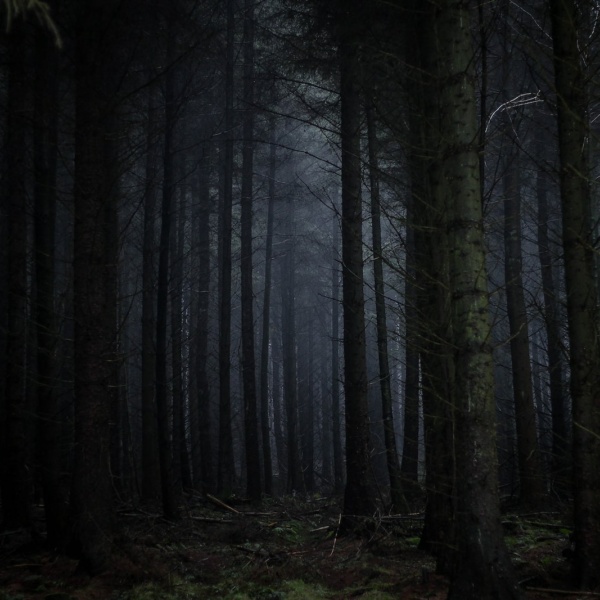
By Emma,
Greetings, dear readers, and welcome to another thought-provoking installment of our cinematic journey through the world of movies! Today, we’re delving deep into the realm of controversial movie reviews. These are the films that ignited fierce debates, stirred up passions, and left critics and audiences sharply divided. Strap in, folks, as we explore some of the most controversial films in cinematic history, with a sprinkle of humor and a dash of human insight.
The Love-Hate Relationship: “The Fountain” (2006)
Let’s kick things off with “The Fountain,” directed by Darren Aronofsky. This visually stunning and philosophically ambitious film tells the intertwining stories of a conquistador, a modern-day scientist, and a future astronaut—all played by Hugh Jackman. While some hailed it as a masterpiece of existential storytelling and visual artistry, others found it pretentious and incomprehensible.
For those who fell head over heels for “The Fountain,” it was a mesmerizing journey through the cosmos, exploring themes of love, death, and the quest for immortality. For its detractors, it was an exercise in cinematic navel-gazing that left them scratching their heads. The film’s refusal to neatly fit into a single genre or narrative structure ensured that it would be a source of heated debate among critics and audiences alike.
The Divisive Classic: “2001: A Space Odyssey” (1968)
Stanley Kubrick’s “2001: A Space Odyssey” is often hailed as a cinematic masterpiece and a landmark in science fiction filmmaking. However, it’s also a prime example of a film that divided audiences and critics upon its release. Some were mesmerized by its visual splendor and enigmatic storytelling, while others left the theater bewildered and frustrated.
The film’s deliberately slow pacing, minimal dialogue, and cryptic narrative left many viewers feeling alienated. Yet, it’s precisely these qualities that have made “2001” a subject of fascination and analysis for decades. It’s a movie that demands multiple viewings and invites interpretation, making it a prime candidate for controversy.
The Shaky Ground: “The Blair Witch Project” (1999)
“The Blair Witch Project” is a groundbreaking film in the found footage horror genre. Directed by Daniel Myrick and Eduardo Sánchez, it follows a group of young filmmakers as they venture into the Maryland woods to investigate the legend of the Blair Witch. The film’s marketing campaign, which blurred the lines between fiction and reality, added to its mystique.
Some viewers hailed it as a terrifying and innovative cinematic experience, praising its realistic style and subtle, psychological horror. Others, however, were disappointed by its shaky camera work, lack of conventional scares, and ambiguous ending. It’s a film that sparked debates about what constitutes true horror and whether a low-budget indie film could stand alongside Hollywood blockbusters.
The Polarizing Superhero: “Batman v Superman: Dawn of Justice” (2016)
The clash of the titans—Batman and Superman—in one film should have been a cinematic event for the ages, right? Well, not quite. “Batman v Superman: Dawn of Justice,” directed by Zack Snyder, was a divisive entry into the superhero genre.
Some fans celebrated its dark and brooding take on iconic characters, while others found it overstuffed and overly serious. The film’s exploration of ethical dilemmas, power, and responsibility divided audiences, with some craving a more traditional superhero narrative and others welcoming the departure from the norm.
The Controversial Cult Classic: “A Clockwork Orange” (1971)
Stanley Kubrick makes a return on our list with “A Clockwork Orange,” a film that remains as controversial today as it was upon its release. Based on Anthony Burgess’s novel, the film tells the story of Alex DeLarge, a violent and sociopathic delinquent who undergoes a controversial form of rehabilitation.
Critics were divided over the film’s exploration of free will, morality, and the consequences of state intervention. Its portrayal of extreme violence and the infamous “Ludovico Technique” scene led to calls for censorship and bans in several countries. Yet, “A Clockwork Orange” also gained a cult following and is now regarded as a classic of dystopian cinema.
The Shocking Satire: “A Serbian Film” (2010)
Prepare yourselves for a truly controversial entry— “A Serbian Film.” Directed by Srđan Spasojević, this Serbian horror-drama is infamous for its graphic and disturbing content. The film follows a retired porn star who is lured back into the industry, only to find himself entangled in a nightmarish world of depravity and violence.
It’s safe to say that “A Serbian Film” is not for the faint of heart. Critics were sharply divided over its artistic merits versus its explicit and controversial content. While some argued that it was a daring and thought-provoking piece of political satire, others dismissed it as gratuitously shocking and morally reprehensible.
The Polarizing Masterpiece: “The Shining” (1980)
Stanley Kubrick makes his third appearance on our list with “The Shining,” based on Stephen King’s novel. While the film is now considered a classic of horror cinema, it wasn’t universally beloved upon release. In fact, Stephen King himself famously disliked Kubrick’s adaptation.
Critics and audiences were divided over Kubrick’s departure from the source material and his deliberate ambiguity. Some praised the film’s eerie atmosphere and Jack Nicholson’s iconic performance, while others found it cold and emotionally distant. It’s a testament to the enduring power of “The Shining” that it continues to be a subject of analysis and debate among film enthusiasts.
The Unsettling Examination: “Irreversible” (2002)
French director Gaspar Noé is known for pushing the boundaries of cinema, and “Irreversible” is a prime example of his provocative work. The film is known for its controversial 10-minute-long rape scene and its narrative structure, which tells the story in reverse chronological order.
Critics were deeply divided over “Irreversible.” Some saw it as a daring and unflinching examination of violence and revenge, while others condemned it for its explicit content and perceived misogyny. The film’s deliberate use of discomfort and shock value left a lasting impact, sparking intense discussions about the role of graphic content in cinema.
The Modern Marmite: “Mother!” (2017)
Darren Aronofsky returns to our list with “Mother!” starring Jennifer Lawrence and Javier Bardem. The film is a psychological thriller that explores themes of creation, destruction, and the toll of fame on an artist’s life. Critics and audiences had wildly different reactions to this cinematic puzzle.
Some hailed “Mother!” as a brilliant and audacious work of art, praising its allegorical storytelling and intense performances. Others, however, found it pretentious and indulgent, with its symbolism and allegory veering into heavy-handed territory. It’s a film that either leaves you in awe of its ambition or scratching your head in confusion.
The Final Curtain: A Controversial Conclusion
As we reach the conclusion of our journey through controversial movie reviews, one thing is abundantly clear: cinema has the power to ignite passionate debates, challenge our sensibilities, and provoke intense emotional responses. These divisive films, whether loved or loathed, remind us that the art of storytelling is as diverse and complex as the human experience itself.
So, the next time you find yourself in a heated debate about a controversial film, remember that it’s all part of the rich tapestry of cinematic discourse. Whether you’re a staunch defender of a polarizing masterpiece or a critic of a divisive classic, your perspective adds to the ever-evolving conversation about the power and impact of cinema. After all, it’s our differences of opinion that make the world of movies endlessly fascinating. Happy watching, my fellow cinephiles, and may you always find cinematic experiences that challenge, inspire, and leave you debating long into the night.


